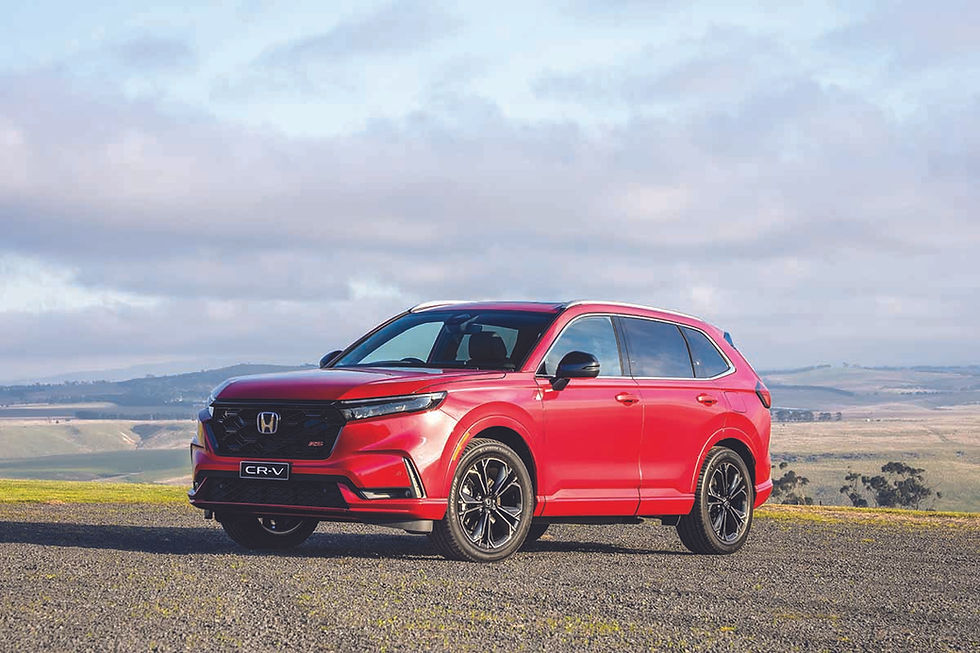Give me the heads up
- Gary Worrall
- Jun 30
- 2 min read

REGULAR readers will know I am a huge fan of Heads-Up Displays (HUDs) in cars and trucks, but what are they exactly, and how do they work?
The HUD projects information onto a display in the driver's eyeline, so you don't have to look down to be aware of what is happening.
The technology stemmed from military applications, where pilots were given displays, projected onto the canopy or, later, directly onto helmet visors, regardless of where they were facing, the information was always in 'front'.
Sadly, the idea didn't take off until the 2000s, after a few false starts, when it appeared in a range of cars, including Mazda's CX SUV models, after Nissan tried it in the Maxima sedan.
There are two main types, a hard screen inside the cabin, mounted to the top of the dash, or 'floating', where a display is projected onto the windscreen, floating above the bonnet.
I prefer the floating type, with more adjustment for individual drivers, without cluttering the dash, although anything helping the driver to not look down is a good thing.
That is the advantage, HUDs remove the need to look away from the road, to confirm road speed, speed limit, and even route navigation, it is in the driver's view.
This is another benefit of the 'floater', it is transparent, with no restriction of view, you look through it, still seeing everything around you.
While seen by some as a gimmick, after testing many versions in different vehicles, I miss it when I don't have it, and notice each time I have to look down to read the instrument display.




Comments